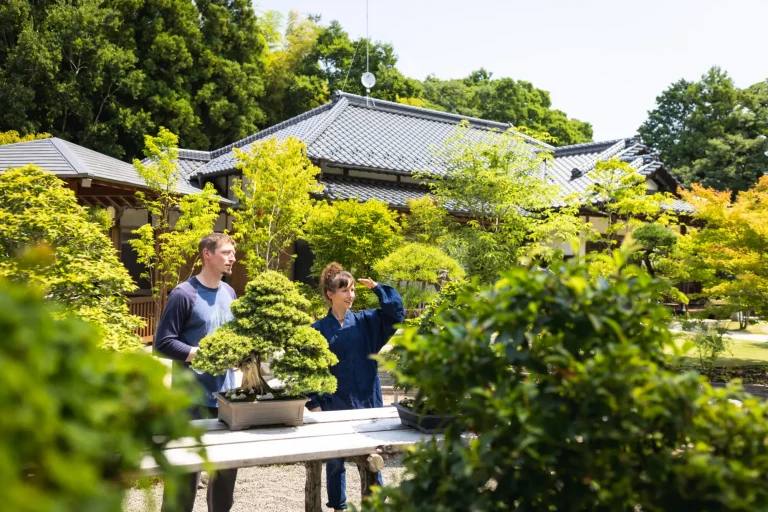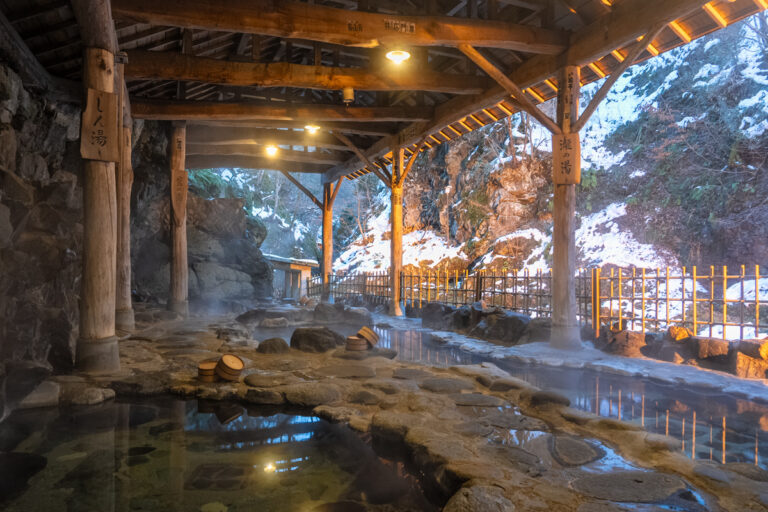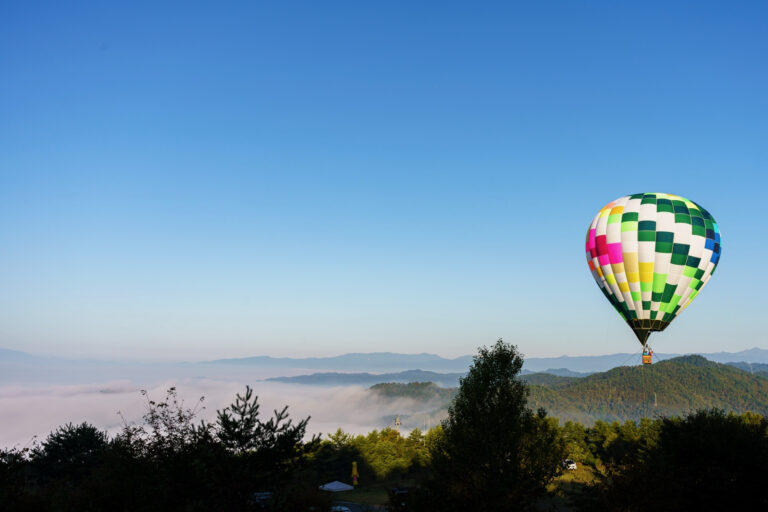Yamagata Prefecture
In early February, 14 students from an Italian culinary and science university visited Tsuruoka City to study and experience the unesco recognized culinary culture of this region.
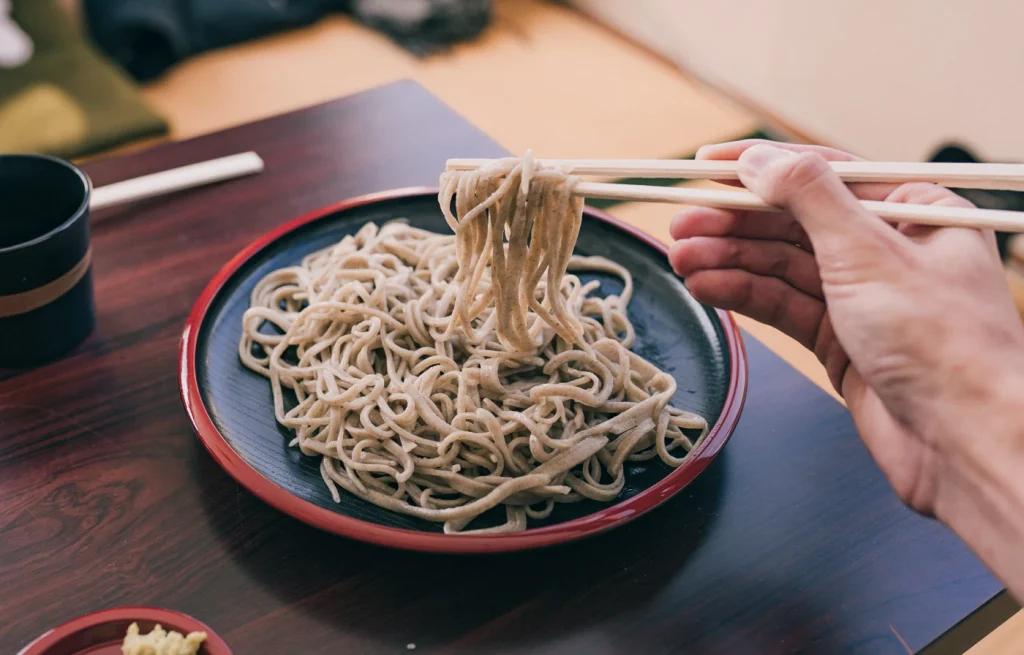
Students worked alongside local chefs with Koshizawa Buckwheat, a special heirloom crop that is unique to this region and was developed through centuries of selective breeding.
Koshizawa Buckwheat has an especially rich taste with a very distinct texture that is much more present than traditional strains of buckwheat.
This workshop also worked with 100% buckwheat as opposed to the mixture of other flours used in soba that you may find in supermarkets or commercial restaurants to lower production costs.
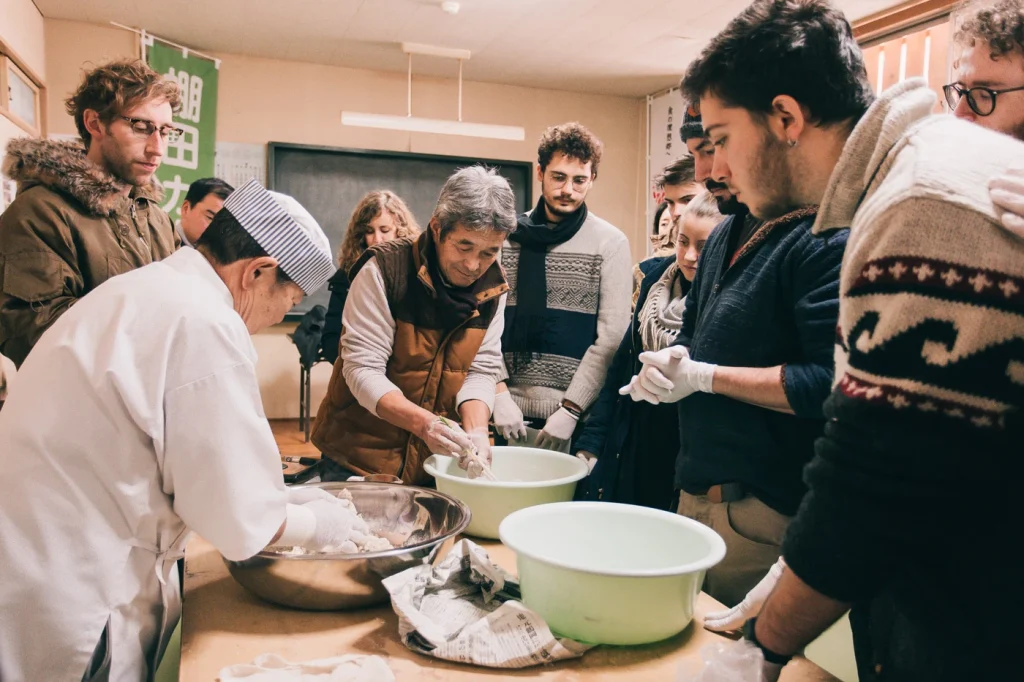
Starting from base buckwheat powder, the students learned how to mix the precise and delicate ratio of flour and water in large bowls. This is a critical step that requires precision and quick execution as this mixture can either quickly dry out and become brittle or become too soft to form noodles.
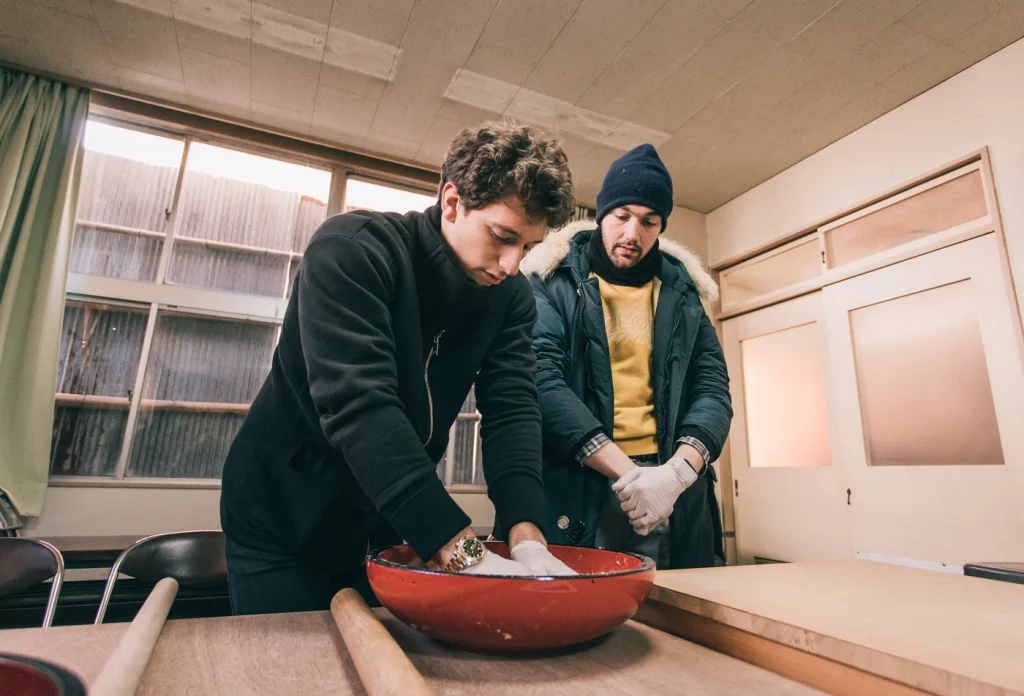
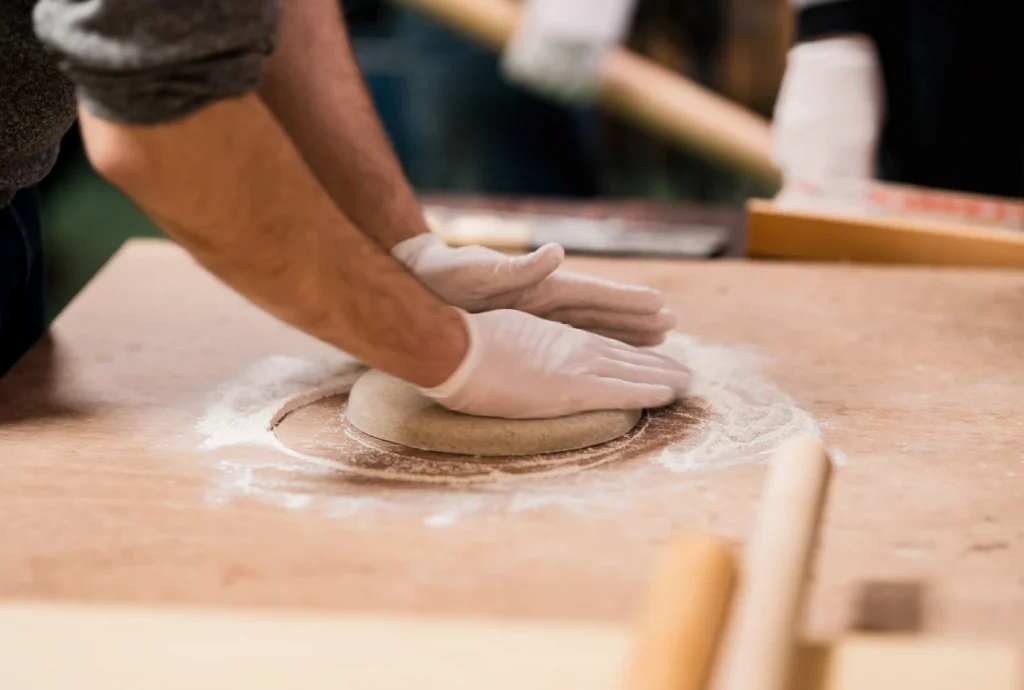
After mixing the flour into dough, they then prepared to flatten their dough into extremely thin sheets for cutting. This involved rolling out the dough dozens of times while also massaging and rotating the dough to prevent it from forming cracks along its edges as it dried out.
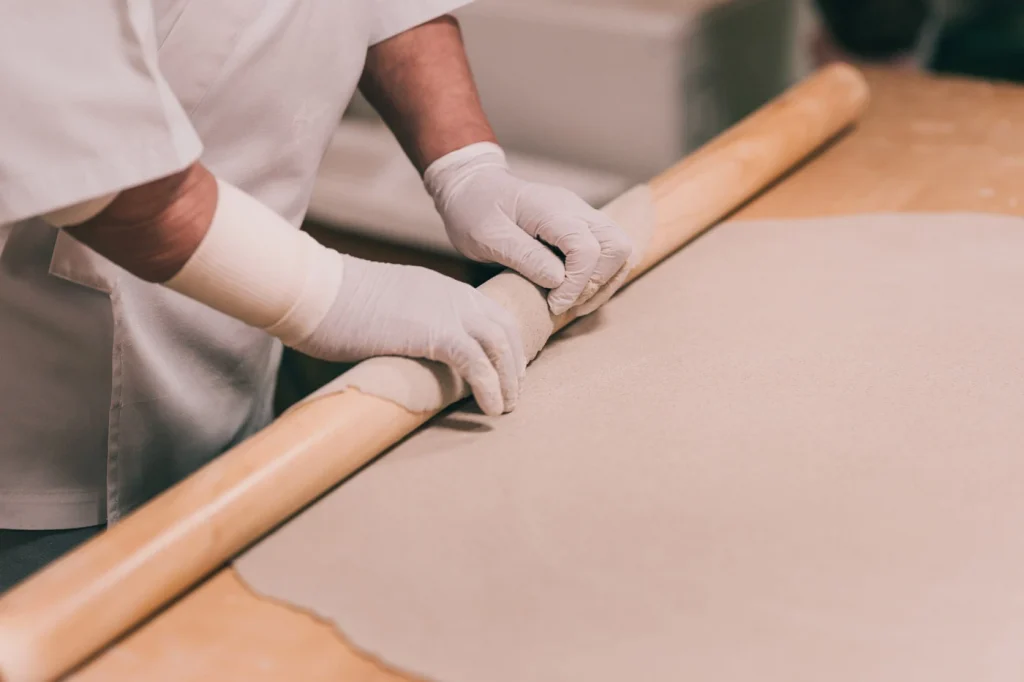
After rolling out and folding their dough, they then learned how to cut their noodles by hand from some of the highly experienced chefs present at the workshop.
One method that many students found of particular interest was how the cutting board was moved not by hand, but by the force of your knife as it cut through the dough. With each cut, the knife is moved at a precise angle to move the board over just enough for the next cut. This method allows chefs to cut these noodles at a fast and very uniform rate by hand.
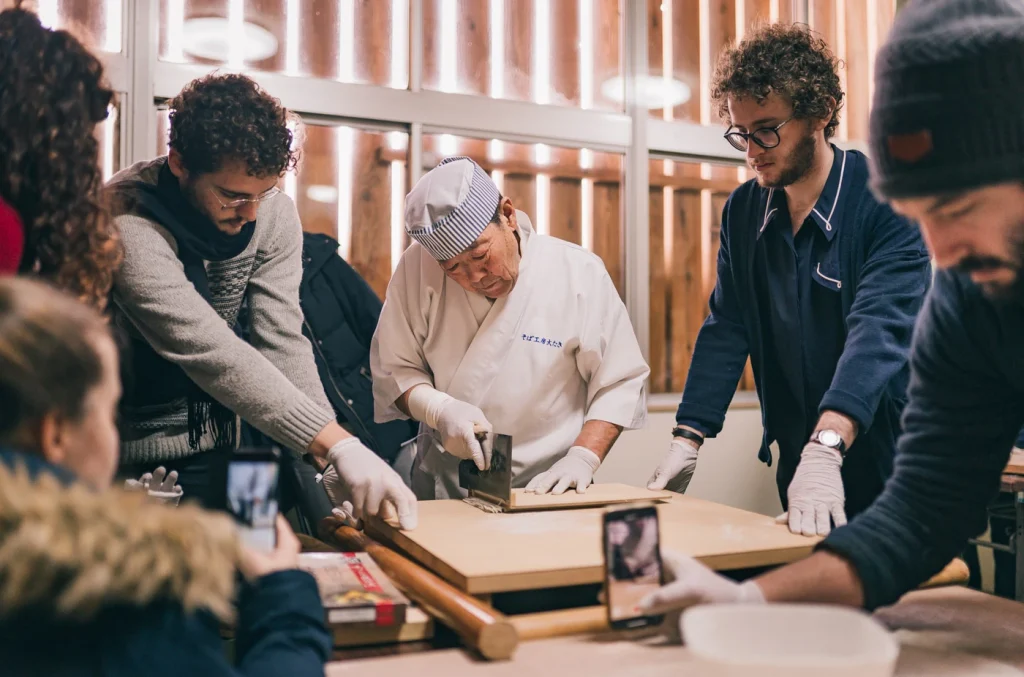
This method proved a challenge for many students, but all had managed to become familiarized with the cutting techniques and produced finely cut soba.
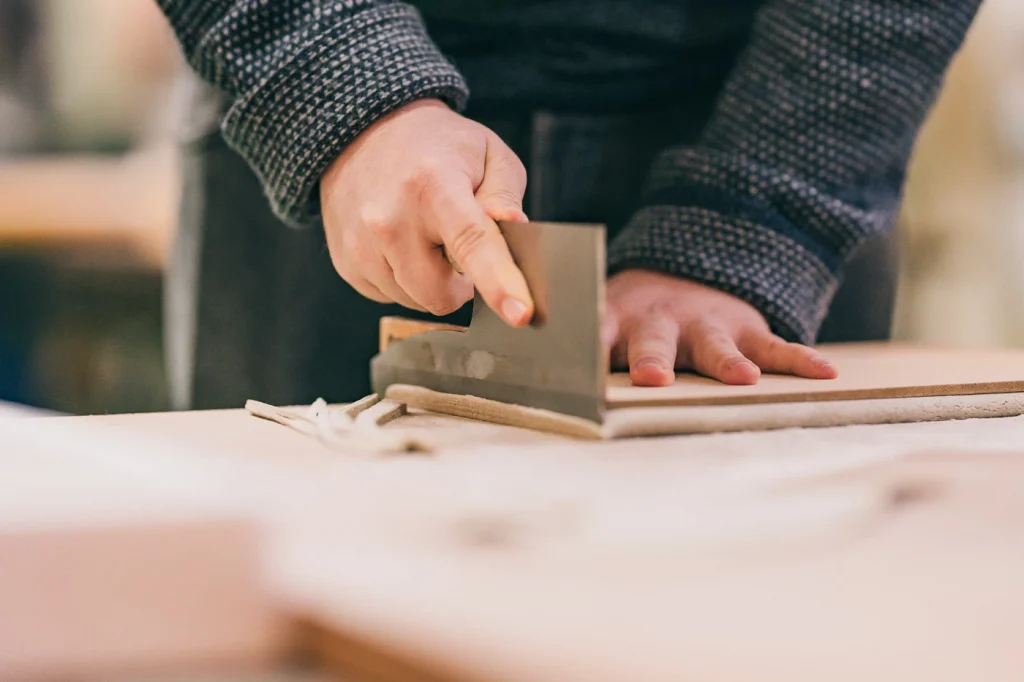
By the end of the workshop, this is what the students were able to produce.
The chefs were very pleased and one had even remarked that these could even be served in a restaurant here in Japan!
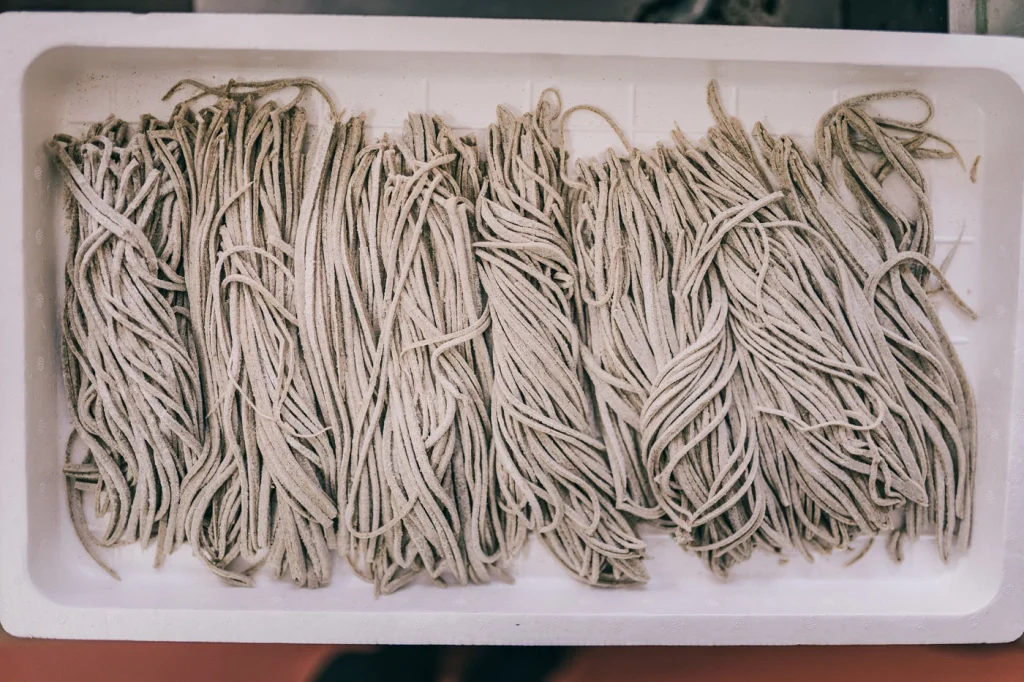
Of course no food workshop can be complete without actually enjoying the food itself.
After cooking the soba noodles in boiling water, they tasted what 100% buckwheat noodles tastes like for the first time in their lives.
Many of these students found a new found love for soba and all left with a deep understanding of one of Japan’s most famous and delicious cuisines.
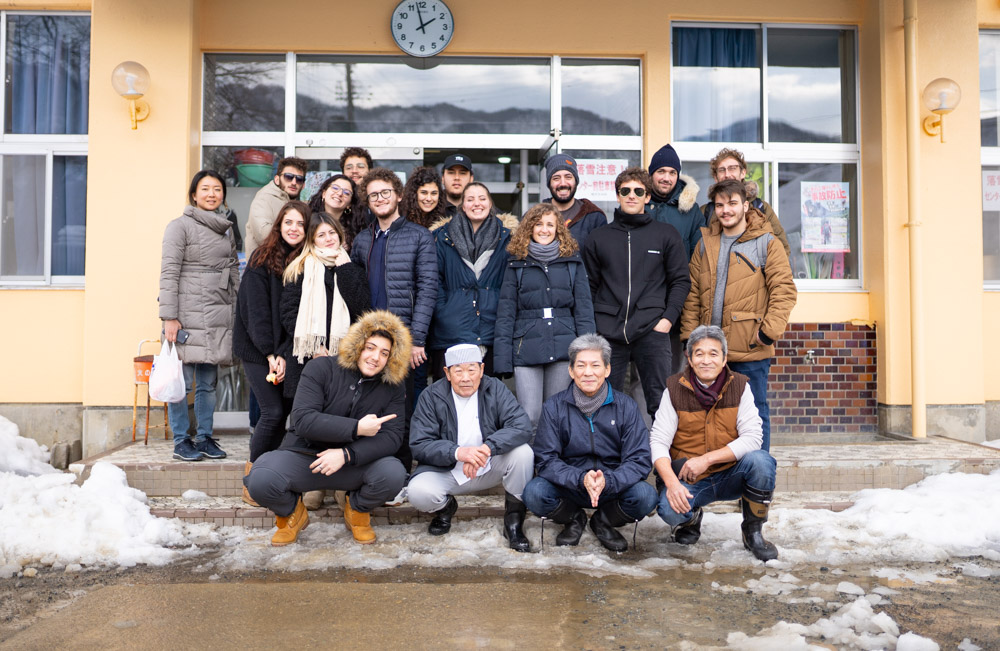

Derek Yamashita
Read more...
A photo journey through Miyagi Prefecture with a group of tourism professionals from across Japan for a week long trip.
Discovering the Okitama Region through Immersive Outdoors and Cultural Experiences.

